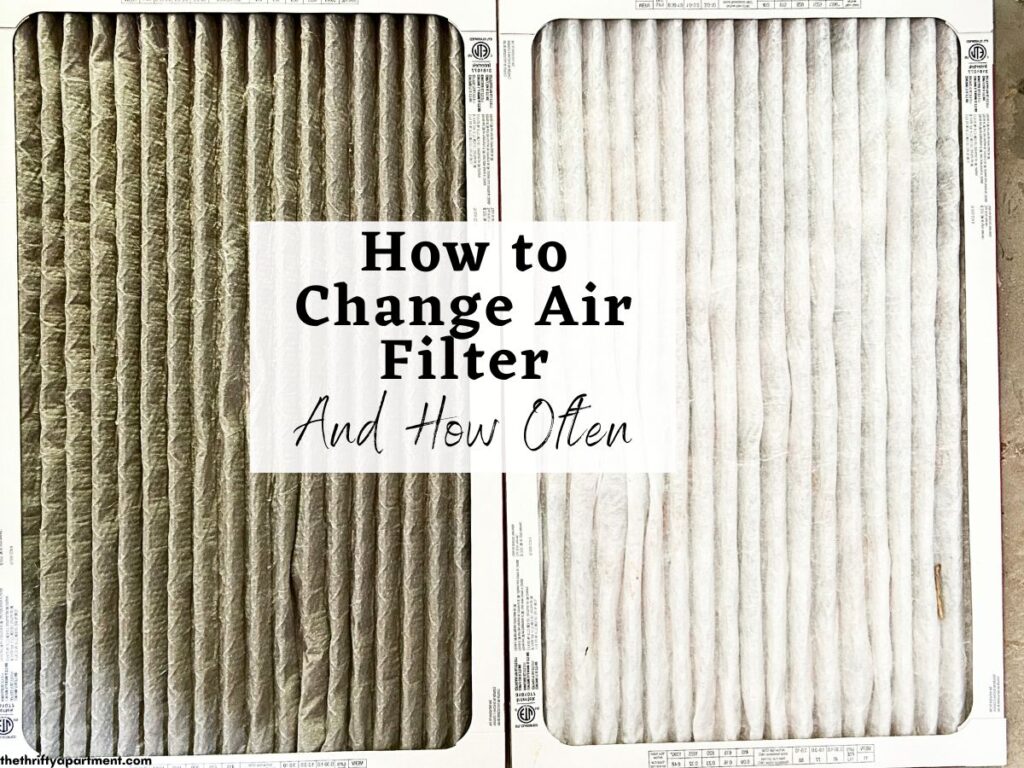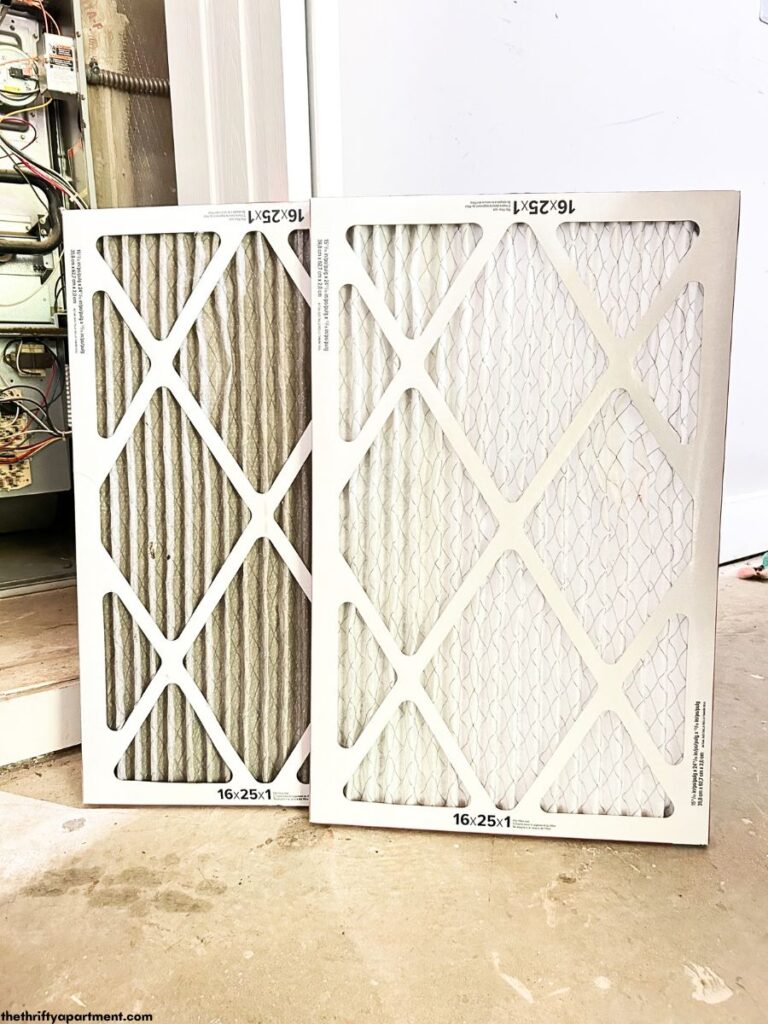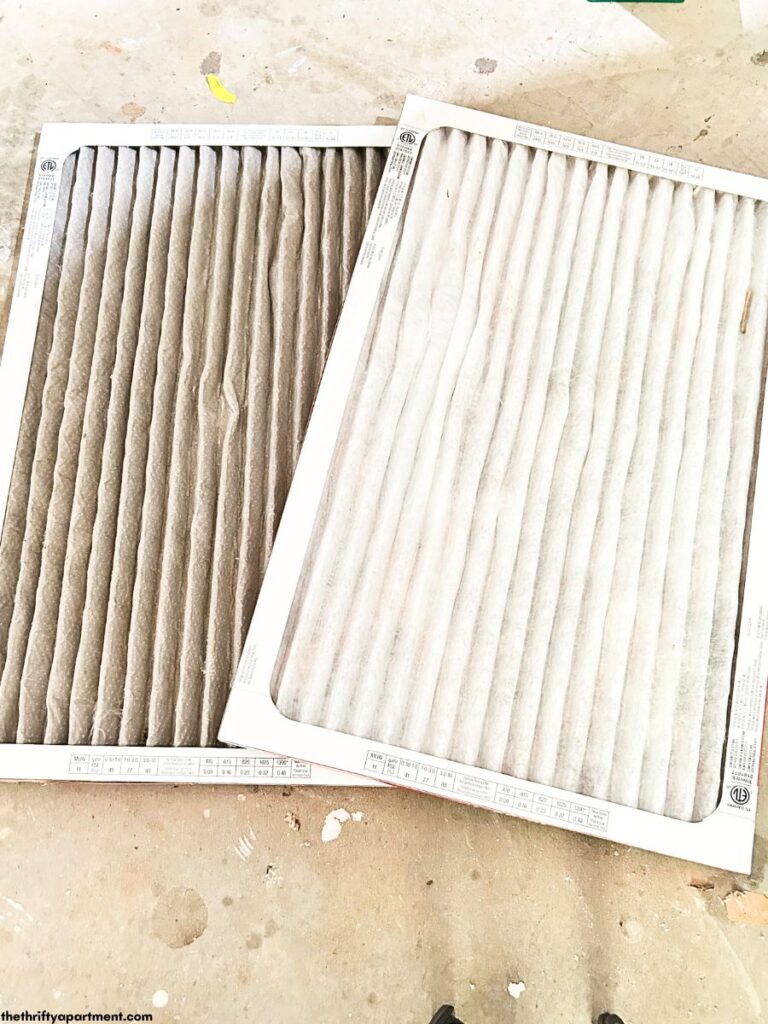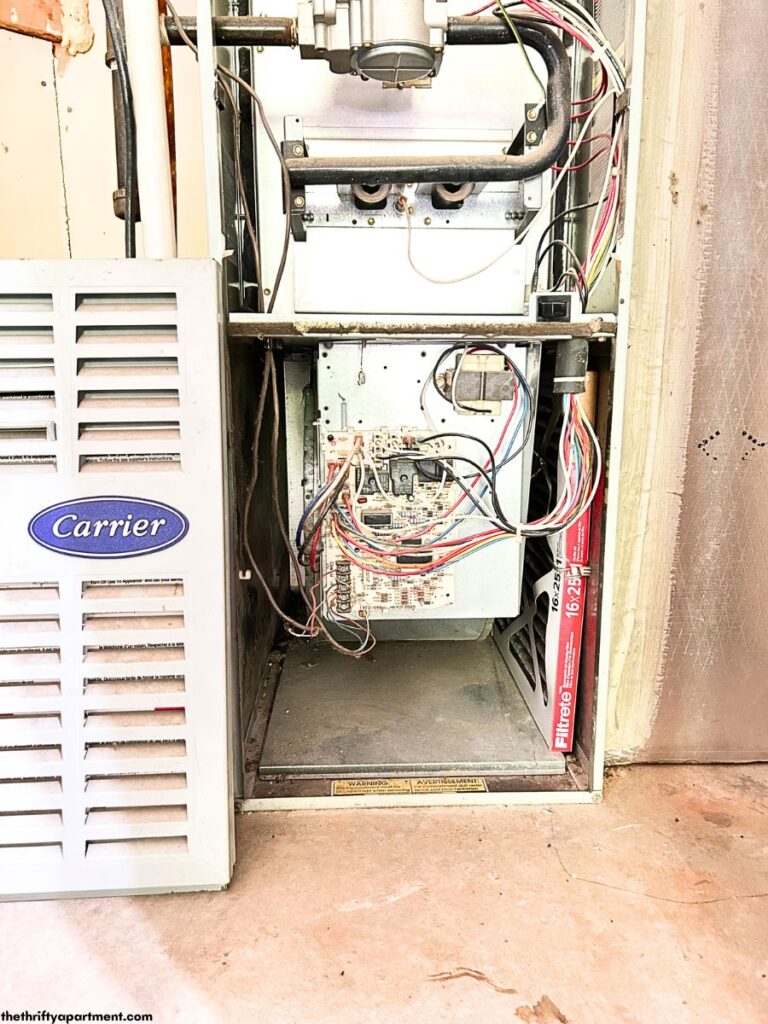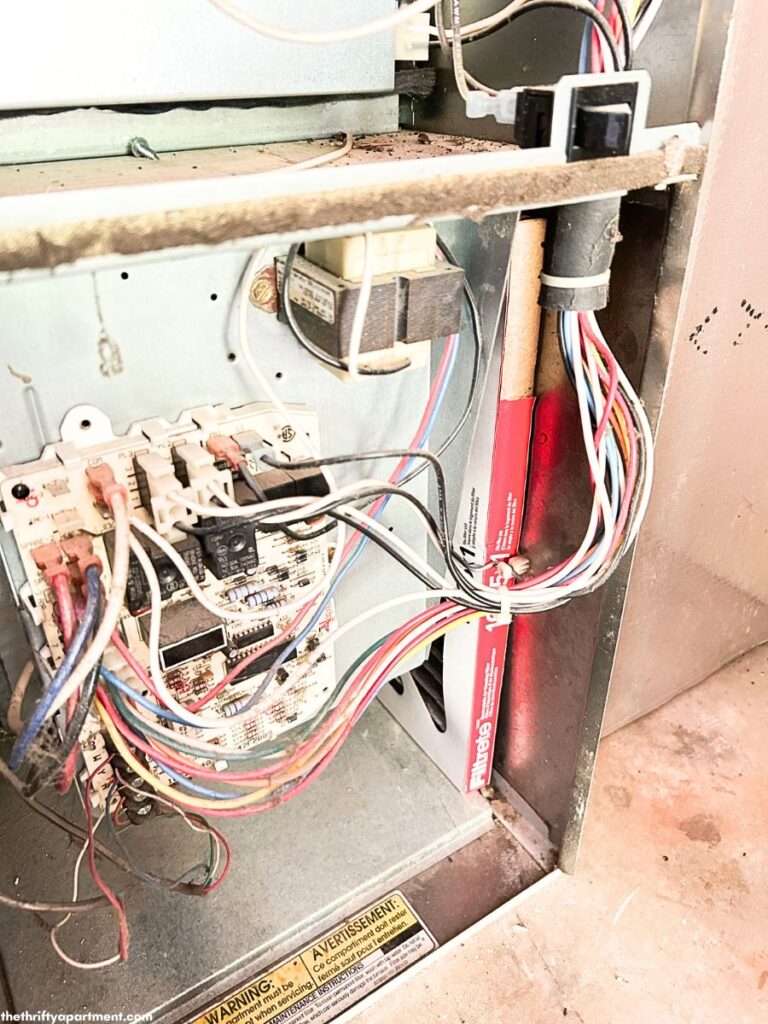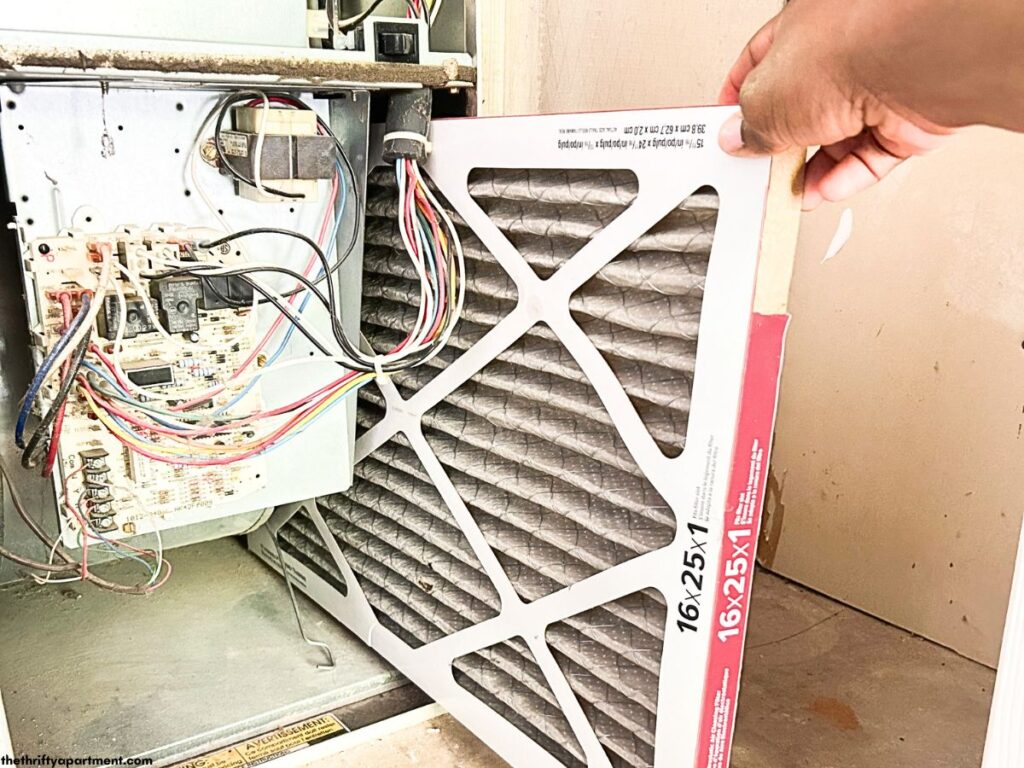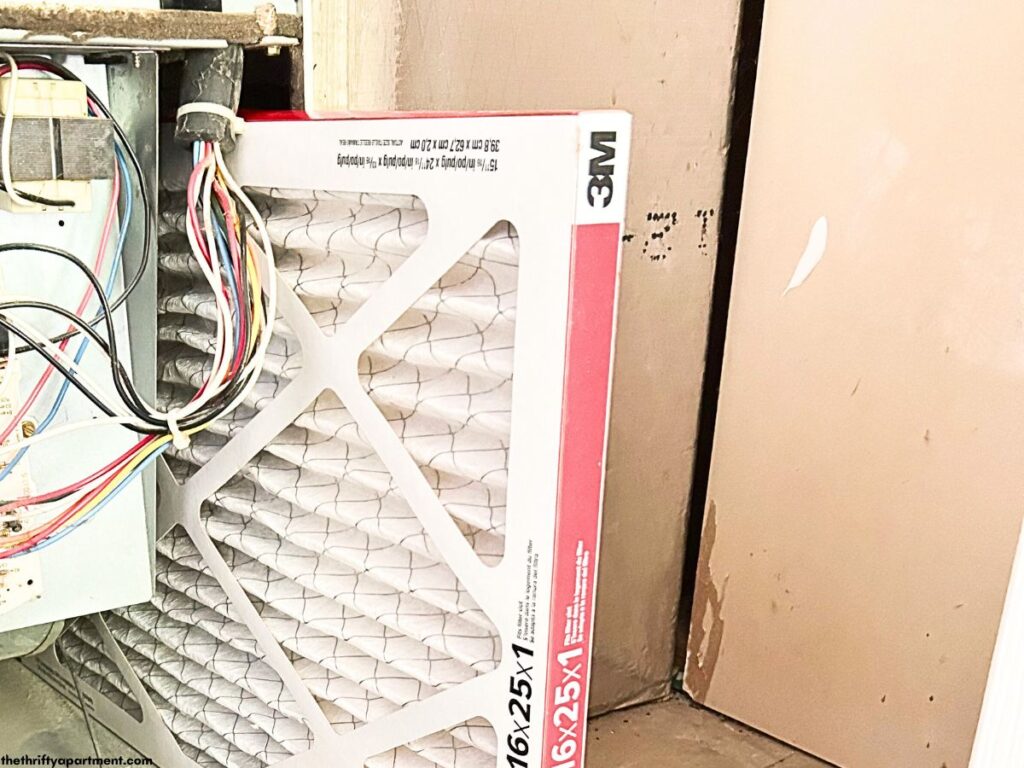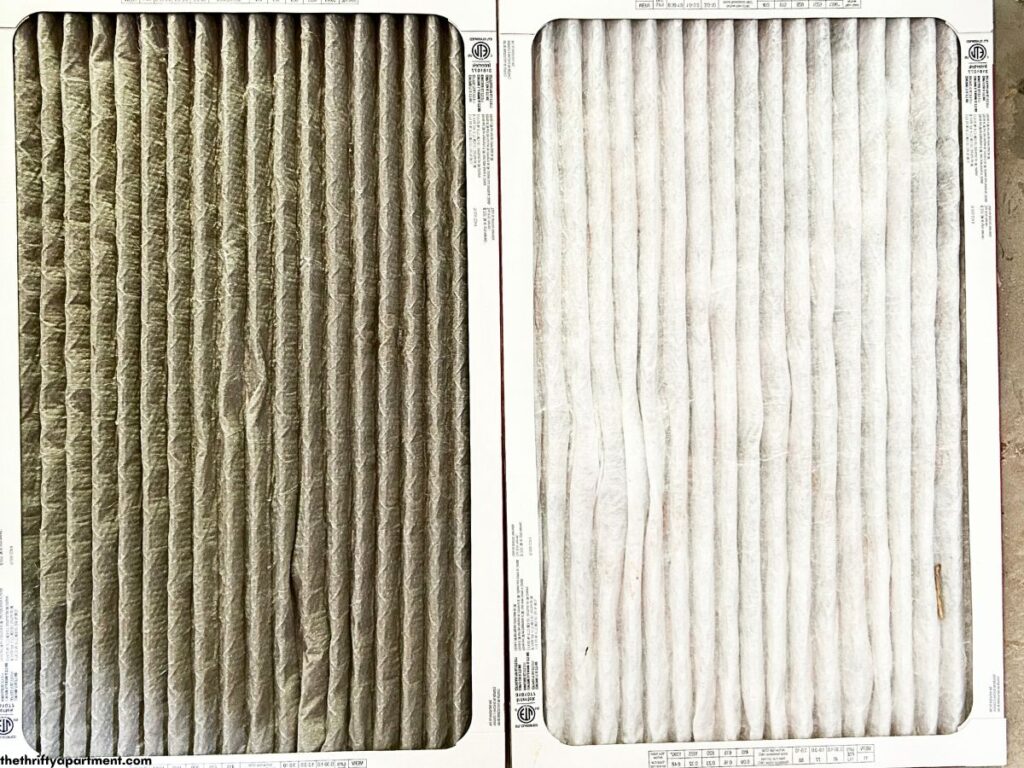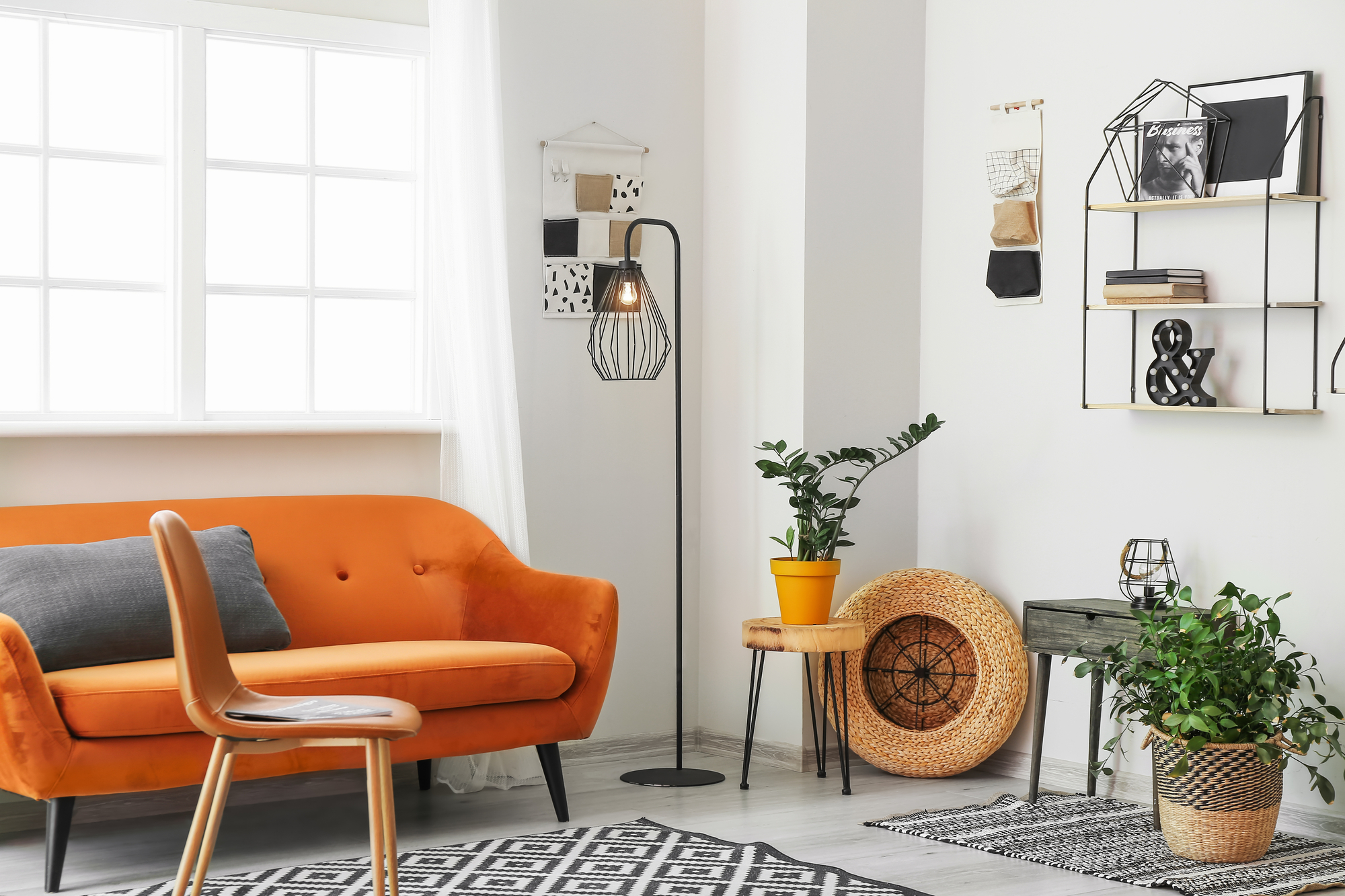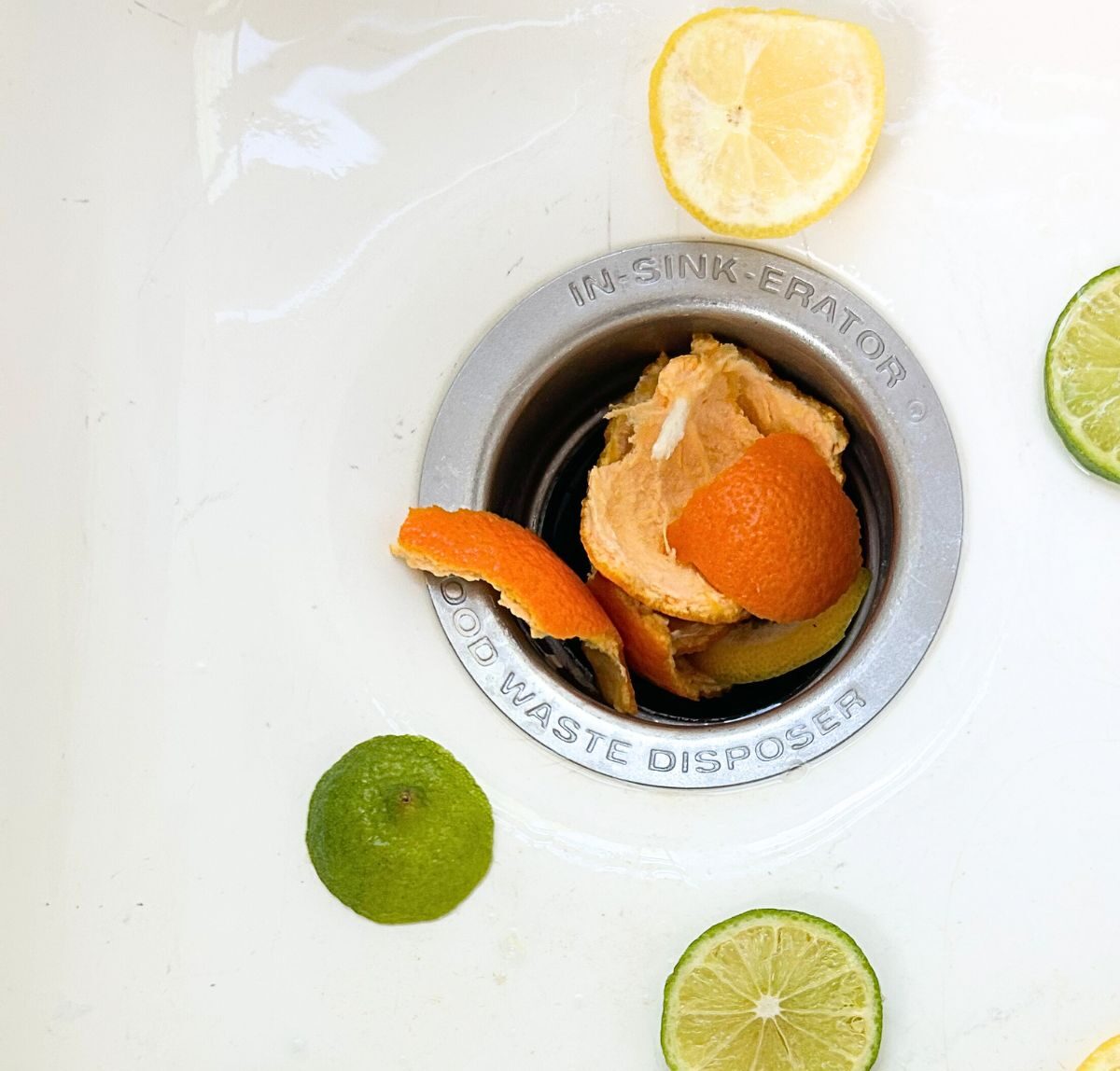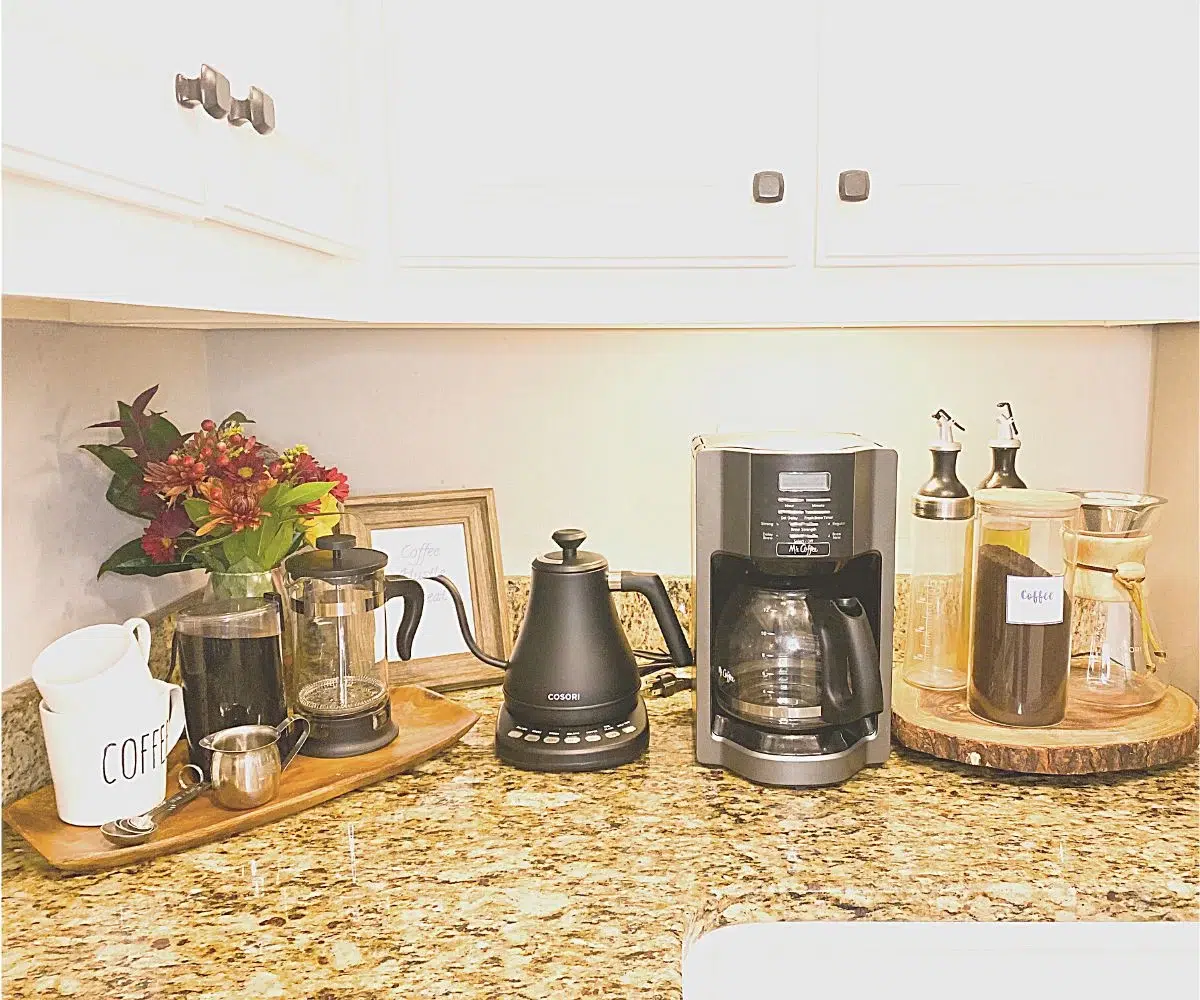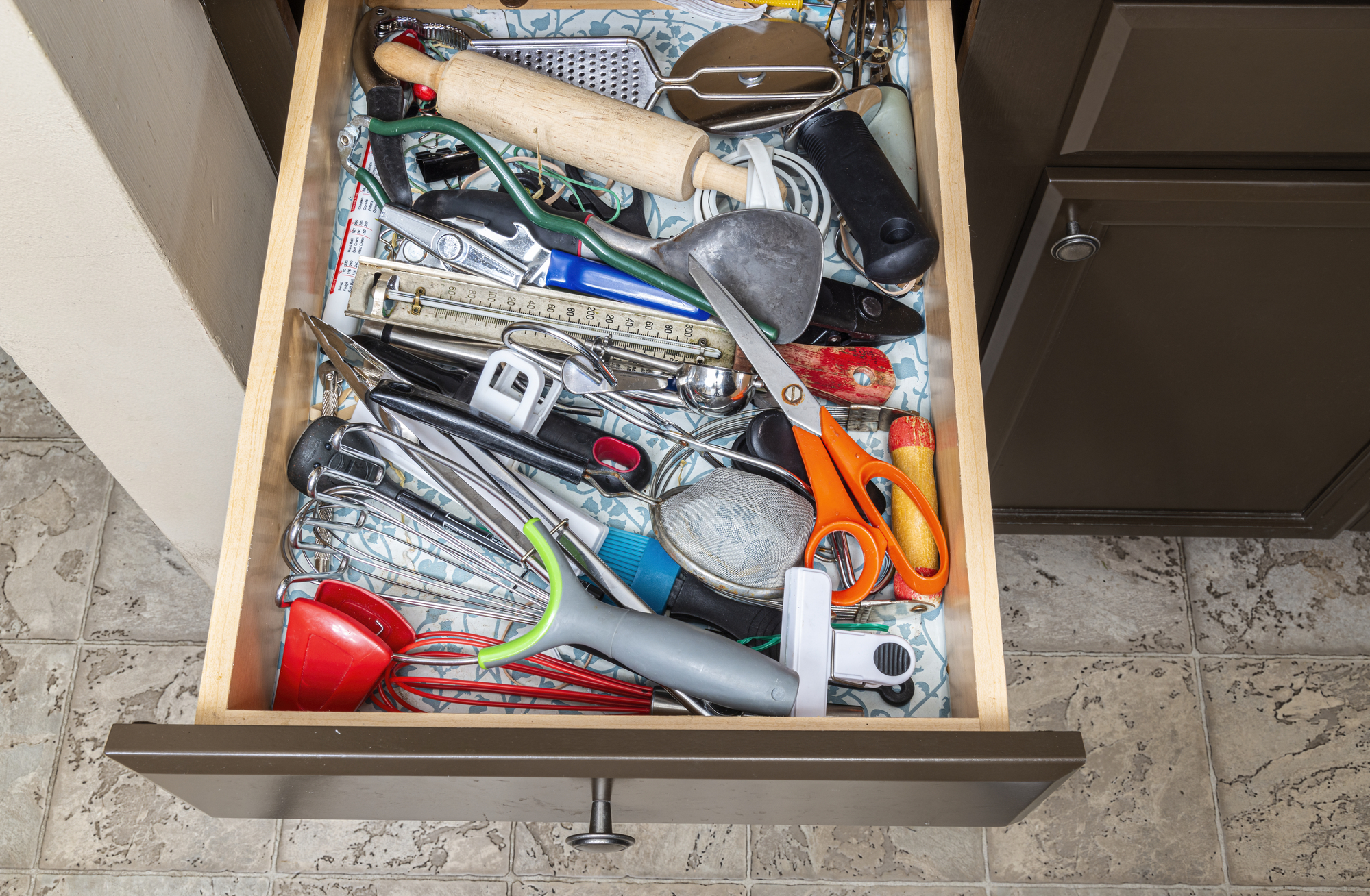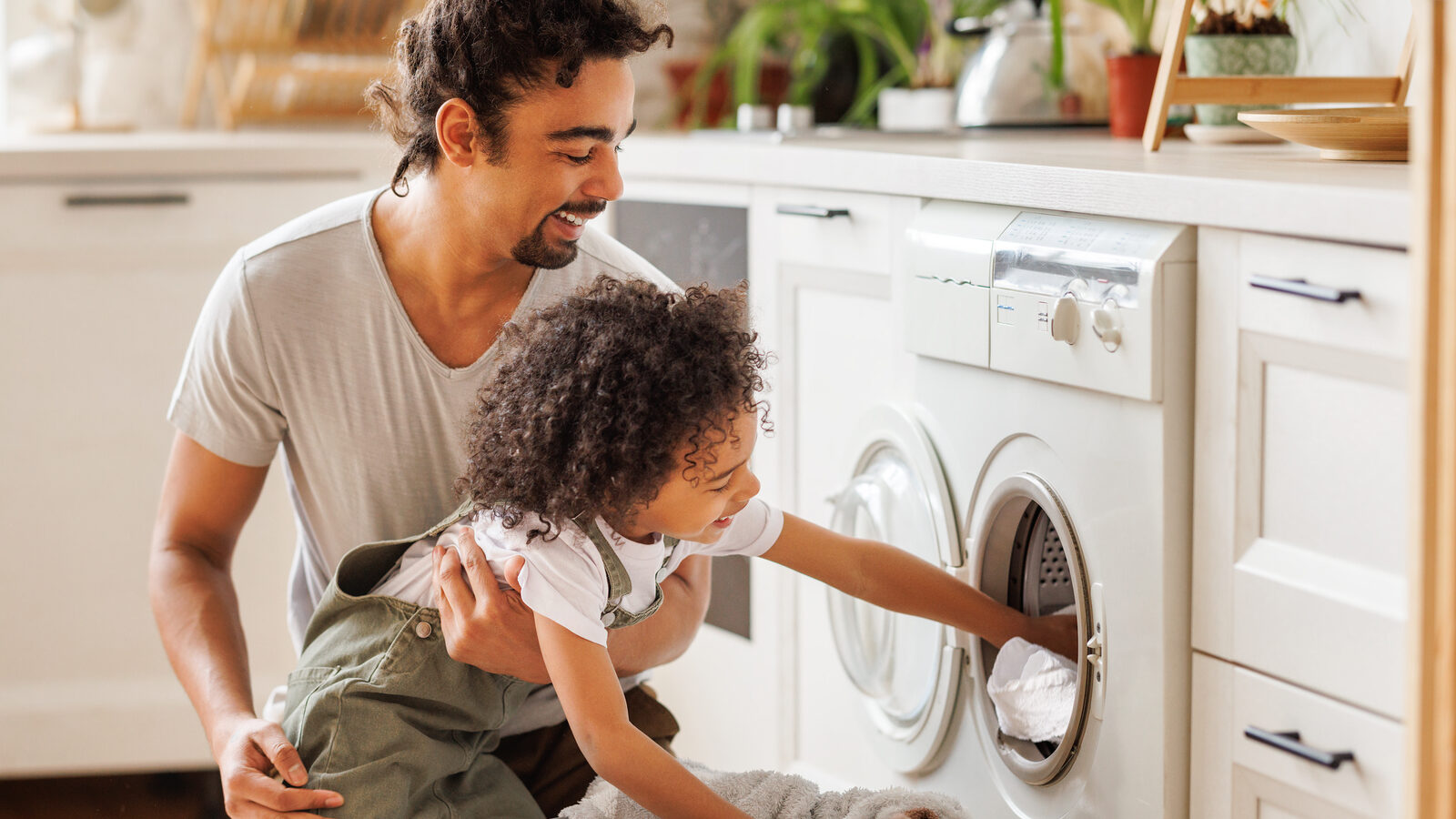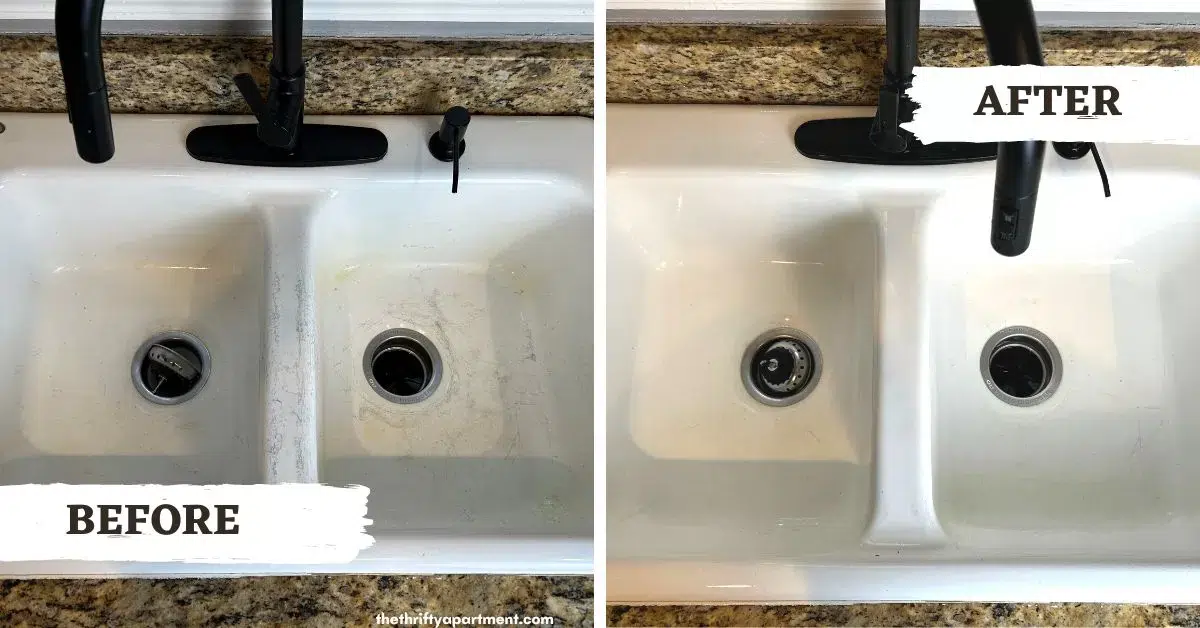This post may contain affiliate links.
The quality of the air we breathe in our homes plays an important part in our health and well-being. That’s why it’s essential to maintain a healthy indoor environment by changing out the air filters in our homes. Air filters help to remove airborne particles like dust, pollen, pet dander, and other allergens from the air.
By reducing these contaminants in your home, you can protect yourself and your family from respiratory illnesses, allergies, and other health problems associated with breathing in poor air quality. Properly maintained air filters also help keep your HVAC system running smoothly and help to conserve your energy costs.
While it is recommended that you change the filter regularly in your home, we’ll discuss how often that should be done with expert opinions and how you can change your own filter.
This post may contain affiliate links, which means I will earn a small commission if you purchase through my link. Please see the full disclosure and privacy policy for more information.
What is an Air Filter?
An air filter is a device that removes pollutants from the air. It usually works by trapping particles in a mesh or cloth, using static electricity, or chemically bonding the particulates to the filter material. To ensure that air remains free of contaminants, the air filter helps to filter the air.
Air filters help to reduce levels of airborne allergens such as dust, pollen, and mold spores, as well as harmful gases like carbon monoxide and nitrogen oxides. Additionally, air filters help reduce exposure to bacteria and viruses.
How Often Should You Change Air Filters?
The frequency at which you change your air filter will depend on a few things. Generally speaking, a standard “1-inch air filter should be changed every three (3) months, and an upgraded 3-5 inch air filter should be changed every 6-12 months depending on the manufacturer’s recommendations.” says James Davidson from Breathe E-Z Air Duct & Carpet Cleaning, LLC, a local HVAC expert duct cleaning expert and the company I use to clean my ducts.
Other factors that may impact the frequency that you change your air filter include:
Manufacturer recommendations: Most manufacturers of air filters will provide guidelines for how often the filter should be changed. These recommendations differ depending on the type and size of the filter, as well as other factors, such as the air quality in your home.
It is important to follow these guidelines, as failure to do so can lead to a build-up of potentially harmful particles in your indoor air.
The number of household members: The number of people living in your home will also affect how often you need to change the filter.
If you have more people living in your home, there will be increased airborne particulate matter present, meaning that the filter may need changing more frequently than if only one or two people were living there.
Pets: If you have pets in the house, they are likely to produce pet dander and other allergens, which can quickly clog up an air filter and reduce its efficiency significantly.
Therefore, checking filters more frequently if you have animals at home and replacing them when they become clogged with pet hair or dander is important.
Location of home: Location can also affect how often you should change your filter since some areas have higher levels of pollutants than others due to industry or traffic pollution in the area. Those living close to major sources of pollution should consider changing their filters more regularly than those living in less polluted areas
Allergies: If anyone at home suffers from allergies related to airborne particulates such as pollen or dust mites, then it’s recommended that the frequency of replacing filters is increased substantially due to the risk posed by these allergens being circulated around the home via the ventilation system.
James says that maintaining and changing your HVAC Air filter is the number 1 most important thing to keep dust levels down and protect your furnace’s / air handler’s internal parts. It is a requirement to keep your HVAC machine operating effectively while protecting your household from pollutants in the air. This can also reduce energy consumption, as clogged filters strain heating and cooling systems and cause them to run less efficiently.”
Step-by-Step Guide on How to Change Air Filters
Changing your air filter is relatively easy. All you will need to change an air filter is a flat-head screwdriver or pliers (depending on the type of filter you are using) and the air filter of choice. Here’s a step-by-step guide on how to change an air filter:
1- Turn off the HVAC system
Before changing an air filter, it is very important to turn off the system’s power by either turning off the circuit breaker or disconnecting it from the unit itself. This prevents any potential shocks and injuries when handling the filter itself.
2- Locate the air filter
Most air filters are located inside a metal panel in your furnace that pulls open with a handle. If you’re having trouble locating it, check your user manual for directions specific to your system and model number.
3- Remove the old air filter
Once you’ve opened up the panel and located the old filter, use either a flat-head screwdriver or pliers (depending on your filter) to loosen and remove it from its frame; be careful not to tear or puncture it when removing it!
4- Install the new air filter
Replace with a new one that is of equal size. Make sure that all edges around the sides of your new filter are flush against its frame for it to fit securely in place. If you’re unsure about what size you need, refer back to your user manual for exact measurements.
Insert the new air filter into the frame with arrows pointing in the same direction as airflow through your HVAC unit (usually indicated by an arrow on the side of the actual unit).
5- Turn on the HVAC system
After installing your new air filter, turn back on both circuit breakers (or reconnect power ), and your system should start filtering the air again.
Signs That It’s Time To Change Air Filters
There are some telling signs that notify you when to change your air filter. James says, “All air filters have a MERV Rating written on them – this determines how much is being filtered out of the air. The higher the rating, the smaller the particle it will filter out of the air. Always go for something in the 8 to 11 MERV Rating range and avoid the cheap ones that trap very little sacrificing air flow due to its increased density”.
Here are some additional signs to look out for when it’s time to change your air filter:
- Visible debris: One sign that it is time to change your filter is visible debris coming from it while running. This debris usually indicates that it has become blocked with dust and other particles and needs immediate replacement.
- Increased energy bills: A second indicator that you may need a new air filter soon is an increase in energy bills caused by an inefficient HVAC system struggling against debris-filled filters. Old filters can prevent proper airflow and increase energy consumption due to extra strain on motors, fans, and vents trying to push air through choked vents or ducts.
- Deteriorating air quality inside your home: As mentioned above, blocked air filters can cause poor airflow circulation inside your home, which can lead to poor indoor air quality due to stale and recycled air being pushed through old filters.
Best Types of Air Filters
There are many types of air filters. Air filters range from Fiberglass filters – the most common air filter used in home HVAC systems to Pleated filters, Electrostatic filters and High-Efficiency Particulate Air (HEPA) filters.
These filters are designed to capture most airborne particles —including dust mites, pollen grains, smoke particles, and asbestos fibers. While some filters are typically more expensive than others, the goal is to provide good filtration performance.
1. Filtrete 16x25x1, AC Furnace Air Filter
2. AIRx Air Filter 20x25x1 MERV 11
3. AprilAire 213 Filter
4. Air Filter by Colorfil Designed for Cat and Dog Odor
5. Aerostar 20x25x1 MERV 13 Pleated Air Filter
It is important to change your air filter frequently to improve the efficiency of your heating and cooling system. The frequency of replacement should be determined by the type of filter as well as the conditions in your home. Regular maintenance and proper usage can keep your family safe and healthy.
Please comment below to let me know what you think of this article. Feel free also to follow me on my social media pages – Pinterest and Instagram or subscribe to my mailing list for other design inspiration, DIY projects, and home decor ideas.
Tamara White is the creator and founder of The Thrifty Apartment, a home decor and DIY blog that focuses on affordable and budget-friendly home decorating ideas and projects. Tamara documents her home improvement journey, love of thrifting, tips for space optimization, and creating beautiful spaces.
